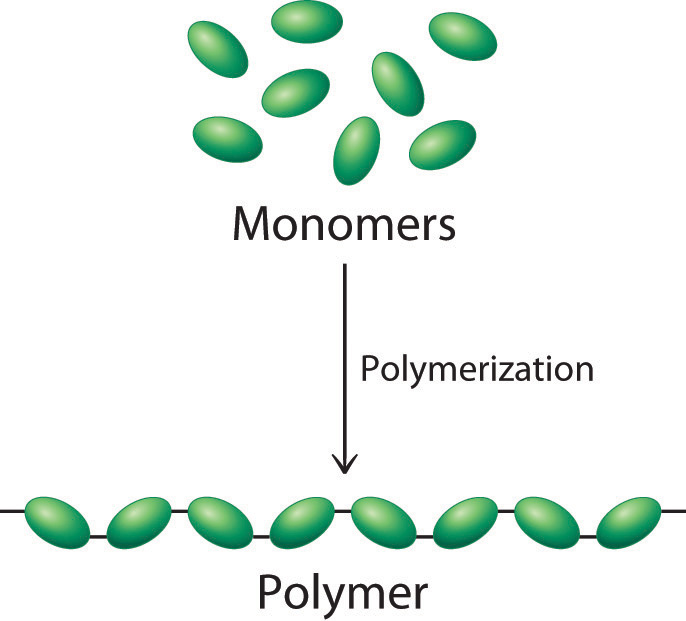When it comes to the end of a plastics life - Most are recyclable. This means that they can be melted down and reformed in a new way. A plastic bottle may become a door mat for example. For this recycle stage there are guide lines set out to show what plastics are the same as what plastics. This guideline is called the Plastic Identification Code (PIC). This code has been followed by Americans since 1988 and was joined by Australia in 1990.
In the city of Whitehorse we have two bins- one is for general waste and the other is for recyclable goods. In this bin we place plastics and glass bottles of the correct nature for recycling on the site and by external recourses. Along with the recycling of plastics and glass the city of white horse also collects and recycles both ex- computer parts, mobile phones and batteries. An excellent use of the rubber that is brought to the centre it to turn old car tyres into the soft fall for playgrounds.
Due to some plastics not being biodegradable these plastics cannot be recycled. They do not break down on their own and need artificial assistance to be recycled. These become general wast and therefore landfill. this landfill are big issues in countries like India and the Asian continent on a whole.
Another problem is that things like plastic bags can cause issues. the biggest outstanding one at the moment is the plastic bag island in the pacific ocean, It covers a huge amount of space and is a threat to all the marine life around it, particularly turtles.
References:
Plastics Identification Code
PIC Guide
Year 10 Science - polymers are everywhere
Monday, 27 July 2015
Properties Of Plastics
So when looking at Polymers we also see terms used such as Monomers. Polymers are basically speaking a large amount of monomers. Monomers is a molecule that is able to bond with others to create a chain, these chains are the building bricks of Polymers.
For example.
Methyl Mecrylate is a monomer.
Poly Methyl Methacrylate is a polymer.
References:
www.materialsworldmodules.org/resources/.../2-polymers+monomers.html
https://answers.yahoo.com/question/index?qid=20080920182142AAHDP50
https://saylordotorg.github.io/text_general-chemistry-principles-patterns-and-applications-v1.0/s16-08-polymeric-solids.html
http://www.mr-dt.com/materials/thermosetting.htm
http://www.modorplastics.com/thermoset-vs-thermoplastics
For example.
Methyl Mecrylate is a monomer.
Poly Methyl Methacrylate is a polymer.
Some of the general properties of plastics include:
-They DO NOT conduct electricity
-They DO NOT conduct heat
- They are stable
-They ARE NOT affected by water or air
-They are strong
When looking at plastics on the other hand there are to major sub categories; Thermosetting and Thermoplastics. A Thermosetting plastic means that it is rigid and will stay rigid when heated and cooling of the substance around it. This is due to the cross-linked monomers. When juxtaposed to Thermoplastics we see that Thermoplastics are far less rigid- this is due to their unlinked molecular build up. Thermoplastics are able to move and will often be induced to heat to do so. Thermoplastics are therefore easier to recycle as they can be liquefied and reformed.
References:
www.materialsworldmodules.org/resources/.../2-polymers+monomers.html
https://answers.yahoo.com/question/index?qid=20080920182142AAHDP50
https://saylordotorg.github.io/text_general-chemistry-principles-patterns-and-applications-v1.0/s16-08-polymeric-solids.html
http://www.mr-dt.com/materials/thermosetting.htm
http://www.modorplastics.com/thermoset-vs-thermoplastics
Thursday, 23 July 2015
From fossil fuels to plastics
Crude oil is one of the worlds biggest industries as it is produced in the mega gallons. Crude oil is one of the earths the most useful recources as it can be used for a wide variety of things. Some of its larger productions include petroleum, kerosine, diesel oil, parafin waxes and bitumen. All of the substances in the previous statement are all derived from crude oil. This separation is done via the method of fractional distillation. In this process crude oil is pumped into a chamber where it is heated to over 400 degrees and evaporates. During the evaporation the lighter molecules such as gas and gasoline float to the top of the refinery tower. This is shown in the example below.
Despite the many uses of crude oil I find its creation most ingenious. Millions of years ago when dinosaurs roamed the earth and their time was coming to an end the living organisms started to die. As these organisms died some were covered in sediment, this often happened at the bottom of the oven or really wet places where one the organism is not exposed to oxygen. After many millions of years the earths crust shifts and heat and pressure is applied, from here the crude oil is created. After time the crude oil or gas, being lighter than the area around it slowly makes its way to the surface but will become wedged in a cave like thing called reservoir rock.
In Australia the following locations harbour gas and oil deposits. Australia is thought to have a total of 3.9 billion barrels worth of crude oil in our deposits.
These maps may or may not be out of date.
References:
http://www.pgesafetyeducation.com/school/energy-science/its-a-gas/images/4-4ai.gif
Reservior Rock Image
Oil Rig Picture
Gas Map
Despite the many uses of crude oil I find its creation most ingenious. Millions of years ago when dinosaurs roamed the earth and their time was coming to an end the living organisms started to die. As these organisms died some were covered in sediment, this often happened at the bottom of the oven or really wet places where one the organism is not exposed to oxygen. After many millions of years the earths crust shifts and heat and pressure is applied, from here the crude oil is created. After time the crude oil or gas, being lighter than the area around it slowly makes its way to the surface but will become wedged in a cave like thing called reservoir rock.
Oil is mined as in the following image :
Oil Map Below
Below is the Gas Of Australia map
References:
http://www.pgesafetyeducation.com/school/energy-science/its-a-gas/images/4-4ai.gif
Reservior Rock Image
Oil Rig Picture
Gas Map
Subscribe to:
Posts (Atom)
